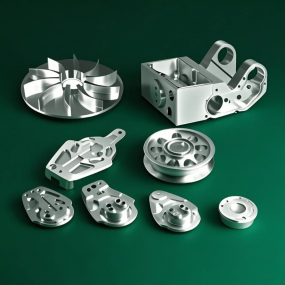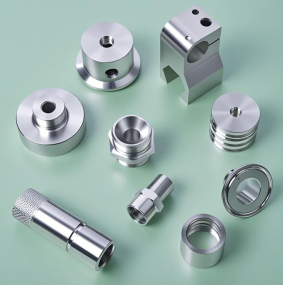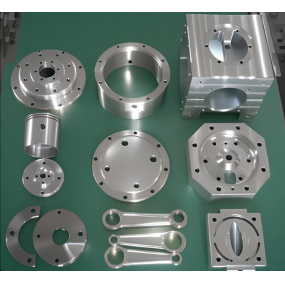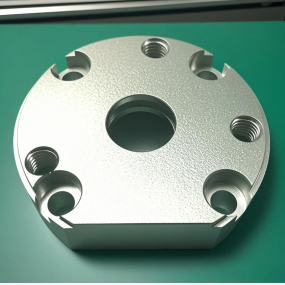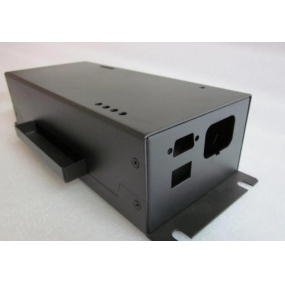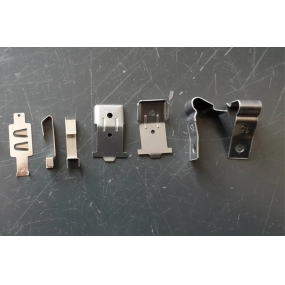Talk about the concept of Shenzhen machinery precision parts processing
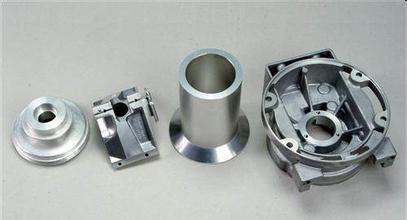 Shenzhen Machinery Precision Parts Machining is a process in which machining machinery is used to change the external dimensions or properties of a workpiece.
Shenzhen Machinery Precision Parts Machining is a process in which machining machinery is used to change the external dimensions or properties of a workpiece.
What are the scope of processing, and what about hot and cold processing? Let‘s take a look.
According to the temperature state of the workpiece to be processed, it is divided into cold working and hot working. Generally, it is processed at room temperature and does not cause chemical or phase changes of the workpiece, which is called cold working. Generally, processing at or below room temperature will cause chemical or phase changes of the workpiece, which is called hot working.
Cold working can be divided into cutting and pressure processing according to the difference in processing methods. Hot working commonly includes heat treatment, calcination, casting and welding.
Shenzhen Machinery Precision Parts Machining Concept Introduction
Machining: Machining in a broad sense refers to the process of manufacturing products by mechanical means; in a narrow sense, it is the process of making parts with special machinery such as lathes, milling machines, drilling machines, grinders, presses, and die-casting machines.
Machining includes: filament power winding, laser cutting, heavy-duty machining, metal bonding, wire cutting, metal drawing, plasma cutting, precision welding, roll forming, sheet metal bending, die forging, water jet cutting, precision welding, etc.
Machinery required for processing consists of digital display milling machines, digital display forming grinders, digital display lathes, electric discharge machines, universal grinders, machining centers, laser welding, middle wire, fast wire, slow wire, cylindrical grinders, internal grinding machines, precision lathes, etc., which can be used for turning, milling, planing, grinding, etc. of precision parts. Such machines are good at turning, milling, planing, grinding, etc. of precision parts, and can process various irregular-shaped parts with a machining accuracy of up to 3μm.
At present, a large number of micro-machines or micro-systems have been developed, such as: a micro-forceps with a tip diameter of 5 μm can pick up a red blood cell, a micro-pump with a size of 7mm-7mm-2mm can flow up to 260 μl/min, a car that can be started, a machine butterfly flying in a magnetic field, and a micro-inertial combination (MIMU) that integrates a micro-speedometer, a micro-gyro, and a signal processing system.
Germany created the LIGA process, resulting in cantilever beams, actuators, and micro-pumps, micro-nozzles, humidity, flow sensors, and a variety of optics. Caltech glues a considerable number of 1mm micro-beams on the airfoil and controls its bending angle to affect the aircraft‘s


 Spanish
Spanish Arabic
Arabic French
French Portuguese
Portuguese Belarusian
Belarusian Japanese
Japanese Russian
Russian Malay
Malay Icelandic
Icelandic Bulgarian
Bulgarian Azerbaijani
Azerbaijani Estonian
Estonian Irish
Irish Polish
Polish Persian
Persian Boolean
Boolean Danish
Danish German
German Filipino
Filipino Finnish
Finnish Korean
Korean Dutch
Dutch Galician
Galician Catalan
Catalan Czech
Czech Croatian
Croatian Latin
Latin Latvian
Latvian Romanian
Romanian Maltese
Maltese Macedonian
Macedonian Norwegian
Norwegian Swedish
Swedish Serbian
Serbian Slovak
Slovak Slovenian
Slovenian Swahili
Swahili Thai
Thai Turkish
Turkish Welsh
Welsh Urdu
Urdu Ukrainian
Ukrainian Greek
Greek Hungarian
Hungarian Italian
Italian Yiddish
Yiddish Indonesian
Indonesian Vietnamese
Vietnamese Haitian Creole
Haitian Creole Spanish Basque
Spanish Basque

